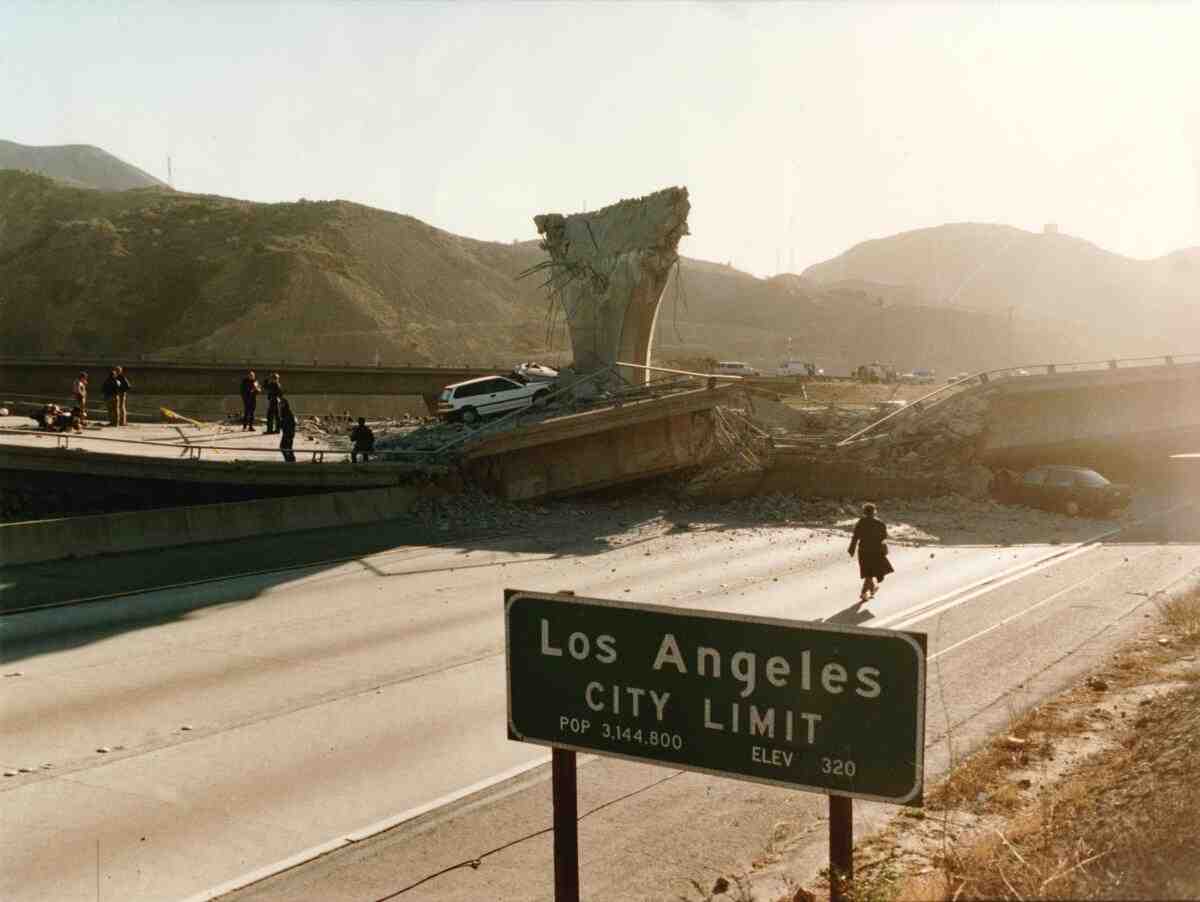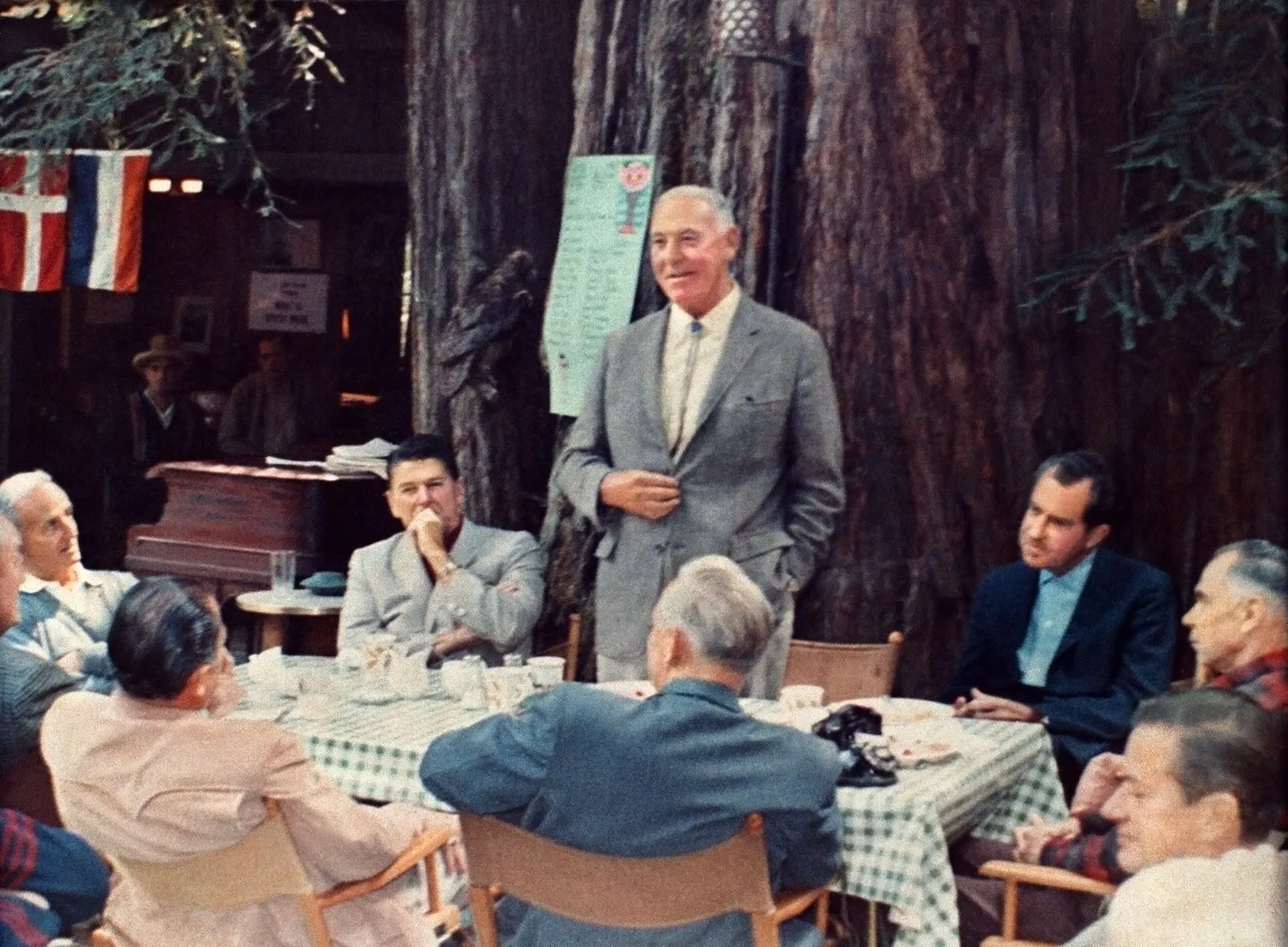
How will the ‘Big One’ earthquake cause chaos in California?
The potential havoc wreaked by the legendary Big One earthquake in California is a pop-culture staple, with disaster flicks and apocalyptic imaginations fueling fears of shaking skyscrapers and crumbling coastlines. While speculations about its timing vary, scientists’ analyses persist, indicating a high likelihood within our lifetime. Vivacious discussions from analysts to citizens revolve around the state’s preparedness. The gravity of such an event demands attention, blending science with the pop landscape of California itself.

Hollywood shakes
The threat of a massive earthquake in California, known colloquially as the Big One, looms large over the Golden State, casting a long shadow over its sun-soaked facades. Previous studies underscore the state’s vulnerability, particularly along the infamous San Andreas Fault. Despite the glam of Hollywood, sidelines buzz with bracing anxiety.
Public perception about the earthquake in California often paints a picture of cinematic chaos. Images of crumbling skyscrapers and fractured highways have been fueled by disaster flicks like San Andreas. Yet, experts caution against self-sabotaging paranoia. Instead, they advocate preparedness, emphasizing retrofitting older buildings and updating emergency protocols across the region.
Tech-savvy solutions might offer a glimmer of hope. Early warning systems, like the ShakeAlert app, provide precious seconds to brace for impact. Fortifying infrastructure through these advancements transforms the Californians dreamscape into one of resilience. While Hollywood spins tales of destruction, the real effort lies in building safer cities, empowering Californians to face the inevitable.

Seismic sci-fi or reality?
When it comes to the earthquake in California, the Big One conjures images reminiscent of cinema’s most gripping disaster moments. Yet, we’re not just talking hyperbolic Hollywood tales here. Studies by the United States Geological Survey suggest a 30% probability of a magnitude 7.5 earthquake in Southern California in the coming decades. Such numbers beg for more than just theatrical dread—they call for a reality check.
Opinions about the impending seismic upheaval vary widely, with some Californians maintaining a somewhat blasé attitude—a roll of the dice they’re willing to take. Thanks to films and simulated seismic scenarios, others foresee chaos that surpasses their worst nightmares. Whether speculation or certainty, the anticipated effect on infrastructure and daily life demands pragmatic preparation over passive conjecture.
Pop culture’s lens often transforms real threats into blockbuster dramas, but there’s no denying the need for grounding preparations amid such tremors. With conversations swirling in communities and headlines alike, the looming earthquake in California challenges us to imagine beyond the fiction and confront the fault lines of our comfort zones. From San Francisco to Los Angeles, investing in resilience is more than just a plot twist—it’s essential survival strategy.
“`

Counting the costs
As the specter of the Big One looms, the economic fallout from an earthquake in California could prove staggering. Analysts anticipate seismic activity would disrupt industries, from tech giants in Silicon Valley to bustling tourist hubs in Los Angeles. The ripple effect would resonate beyond the state’s borders, sending shockwaves through national and global markets.
Cultural heritage, not just commerce, faces a precarious path. Iconic landmarks, from San Francisco’s Golden Gate Bridge to the historic heart of Old Hollywood, are at risk. But beyond tangible losses, the quake might alter California’s cultural identity—one that’s synonymous with innovation and a relentless drive forward.
The conversation pivoting around an earthquake in California reiterates one truth: resilience is key. Reinforcing buildings and updating emergency strategies are crucial steps. Yet, it’s collective action and awareness that will truly arm the state to weather the storm. Let’s channel Hollywood’s flair to inspire not only cautionary tales but also narratives of transformation and hope.
Art imitating life
When discussing the earthquake in California, the interplay between fiction and reality is captivating. While Hollywood often exaggerates for effect, the core fear isn’t entirely misplaced. With academia lending its voice, recent studies bolster claims of the state’s vulnerability. The anticipation isn’t cinematic hyperbole—it’s a real threat woven into California’s natural fabric.
Past narratives around the Big One have often veered toward sensationalism, casting the earthquake as both a killer and a catalyst. Yet, despite alarmist inclinations, pragmatic steps are being taken. Building codes are getting scrutinized, evacuation plans are being practiced, and technology is reshaping our ability to predict and respond effectively.
The conversation around the earthquake in California pushes us to reflect on the boundary between storytelling and survival. While disaster movies offer a fictional escape, the true story lies in proactive measures and community resilience. Amidst digital awareness campaigns and technological advances, the focus shifts from fear to fortitude, ensuring California not only dreams but survives.
 Reality bites back
Reality bites back
When the dust settles on tales of seismic grandeur, the question remains: are Californians truly prepared for the earthquake in California that could reshape their world? As art imitates life, we are nudged to consider the line between Hollywood’s vibrant depictions and the authentic challenges ahead. This isn’t just a plot for thrills; it’s a pressing call for vigilance and resilience. By fueling actions today—strengthening buildings, honing emergency measures—residents can ensure the state not only dazzles but endures the real-life drama posed by the looming fault lines beneath.




 Reality bites back
Reality bites back